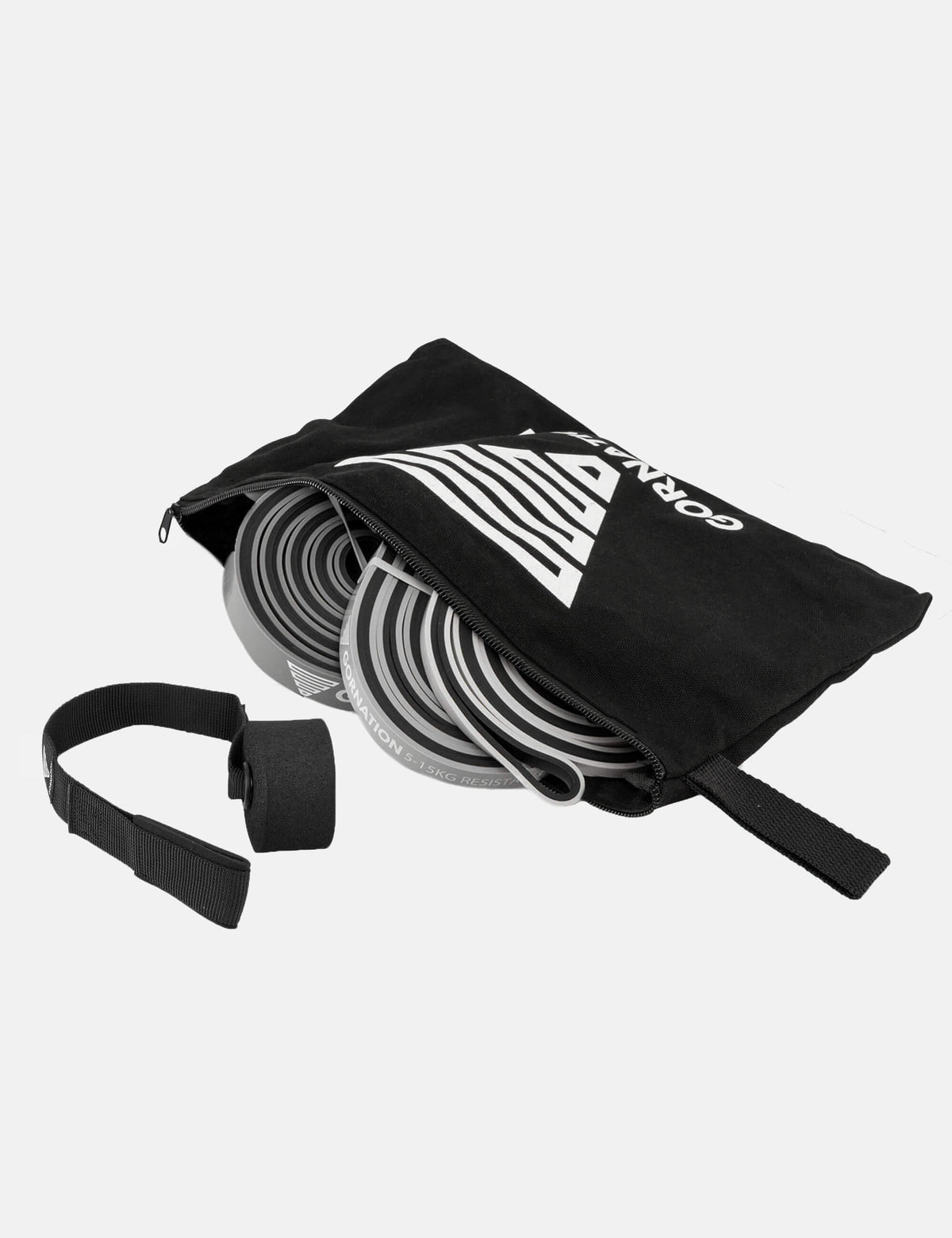Hypertrophy Training with Calisthenics: Build More Muscle with Bodyweight Exercises
Hypertrophy training, or muscle-building workouts, is no longer limited to the gym. If you think lifting weights is the only way to gain mass, you haven’t explored the full potential of calisthenics yet. Through effective bodyweight exercises like pull-ups, dips, push-ups, and squats, you can sculpt your body and build muscle with precision. Here’s how you can use calisthenics for hypertrophy and what adjustments are necessary to increase strength and size.
What Is Hypertrophy Training and How Does It Work?
At its core, hypertrophy refers to the thickening of muscle fibers stimulated through training. This happens via progressive overload — gradually increasing training volume or intensity over time. In simpler terms, you need to consistently challenge your muscles to achieve growth. Unlike traditional strength training with weights, calisthenics relies on your own bodyweight, offering a dynamic and challenging alternative.
Essential Calisthenics Exercises for Hypertrophy
1. Pull-Ups
Pull-ups are ideal for back and biceps. Start from a dead hang and pull yourself up in a controlled motion until your chin clears the bar. Lower yourself slowly to maximize muscle activation.
- Technique: Keep your body stable without using momentum. Your elbows should point slightly downward and back for optimal engagement.
- Progression: Once you can perform 8–10 clean reps, increase resistance with a weighted vest (2.5–5 kg) to challenge your muscles further.

2. Dips
Dips train the chest, triceps, and shoulders. Lower yourself until your elbows reach 90 degrees and push yourself back up powerfully.
- Technique: Lean your upper body slightly forward, keep your head neutral.
- Progression: Once you can do 10–12 repetitions, add extra weight with a dip belt or try explosive variations.

3. Push-Ups
Push-ups strengthen the chest, shoulders, and triceps. Lower yourself from a plank position until your chest nearly touches the ground, then push back up.
- Technique: Maintain a straight body line, with elbows at about a 45-degree angle to your body.
- Progression: Once you can do 15–20 reps, make it more challenging with archer push-ups or resistance bands.

4. Squats
Squats build strong legs and glutes: Slowly lower yourself until your thighs are parallel to the ground, then push back up in a controlled motion.
- Technique: Keep your back straight and your weight on your heels.
- Progression: Once you can do 15–20 reps, increase the intensity with pistol squats or a weighted vest.

Tips for Structuring Your Training for Optimal Muscle Growth
A classic hypertrophy workout in the world of calisthenics should focus on high volume and regularly increasing the difficulty level. Here’s an example of an effective setup:
- Repetitions: 6–12 reps per set (depending on the exercise).
- Sets: 3–5 sets per exercise.
- Rest: 60–90 seconds between sets.
- Progression: Regularly increase intensity with harder variations, weighted vests, or shorter rest periods.
Benefits of Hypertrophy Training with Calisthenics
- Comprehensive Muscle Growth: Many exercises engage the entire body, making calisthenics ideal for symmetrical development.
- Joint-Friendly: Bodyweight exercises typically place less stress on joints, reducing the risk of injury.
- Improved Core Tension and Balance: Exercises like pistol squats and dips enhance your balance, amplifying the training effect.

Building Muscle with Bodyweight – More Than Just an Alternative
Hypertrophy training with calisthenics is a genuine alternative to traditional weightlifting routines. With the right progressions and a clear training structure, you can effectively build muscle and take your fitness to the next level – all without setting foot in a gym.
 | 3.100+ Reviews
| 3.100+ Reviews Free EU Shipping above 100€*
Free EU Shipping above 100€* Worldwide Tracked Shipping
Worldwide Tracked Shipping












